Cooldown movements for post-cycling bliss
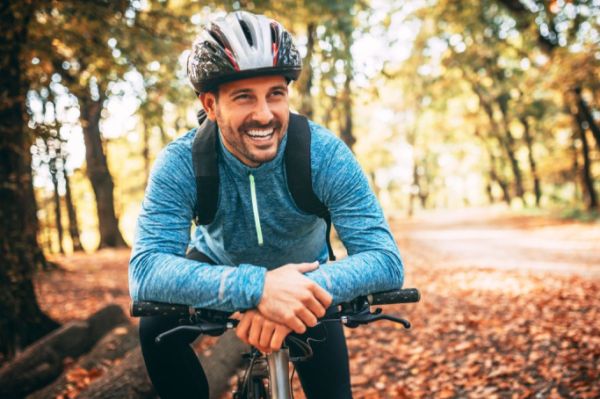
Note: The exercises and/or stretches in this blog are not intended to replace the advice of your clinician. Starting a new exercise, stretch, movement, or activity may result in some expected stiffness and soreness. If you are unsure, please speak to your clinician before attempting any of the suggestions below.
Cycling is a wonderful form of exercise as well as a means of transportation. The fun of generating your own power on two wheels, exploring, going fast or slow, long distances or short, leaving the car behind for an errand, or cycling just for exercise, the benefits are many! Bicycles are built differently for purpose and cost. There are bikes that are more upright, allowing a better view of the surrounding area and offer perhaps a bit more comfort and stability. For long distances, you will see cyclists on drop bars, bent over for less wind resistance and more power.
Whichever style of bike you are on, you are in a similar position of bent hips, weight on the arms, a flexed spine, arms forward and palms down, and extended neck position. A person who is in an aerodynamic position on a road bike may look uncomfortable, but those who are used to long-distance cycling can ride many hours this way. Alternatively, a period of time on an upright bike may cause you to feel a bit sore and tight afterwards.
How can you reduce soreness after bike riding? Doing movements that are opposite to cycling positions can help the body overcome stiffness. Check out these 6 movements you can use to loosen up your body and reduce discomfort from the stresses of cycling.
1. Lengthen your neck
The small muscles at the base of your head and top of the neck are placed in a shortened position while cycling. To restore length and reduce tension in these muscles try the following movement. Stand tall and look straight ahead. Use your hand to guide your head straight backwards. Your chin should tuck in, and your ears should come back over your shoulders as far as comfortable. Keep your eyes level, you should not be looking up or downwards. Hold for 3 seconds and repeat 3- 5 times.
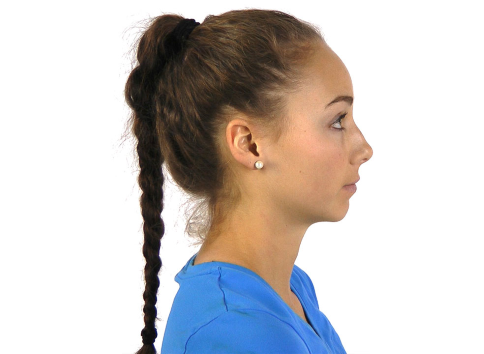

2. Open up and straighten out your arms, chest, and mid-back
While cycling the muscles of your chest are in a shortened position, while your upper back is rounded. To reverse this, reach both arms back as if you are getting ready to give someone a big hug. You should feel a gentle pulling in your chest. Hold for 1 to 2 seconds, then bring your arms forward to give yourself a hug. Repeat 3- 5 times.
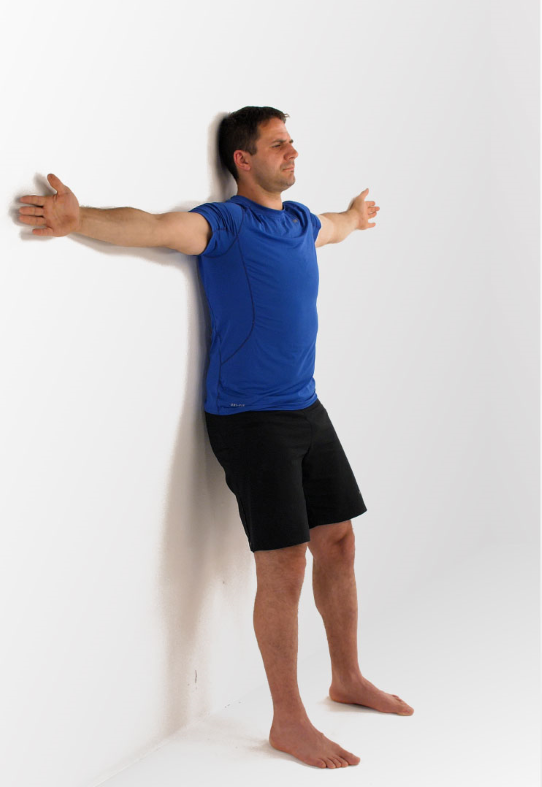
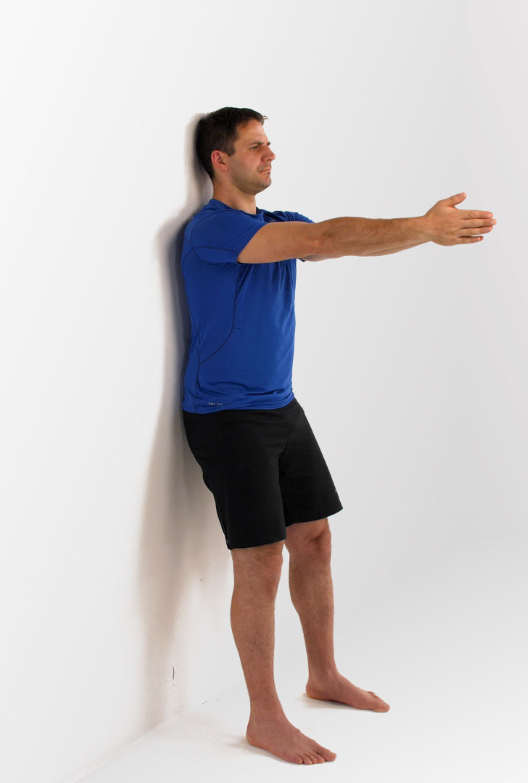
Next, stand with your back and arms against a wall. Bring both of your arms up to make the letter W. Pull your forearms back a little further and squeeze your shoulder blades together. Keep your chin tucked in and ears over your shoulders. Then, reach your arms all the way up to the sky as high as you can, lengthening your torso and extending your arms. Hold as high as you can for 3 seconds, then bring your elbows down through the W position, staying tall through your spine. Repeat 3-5 times.
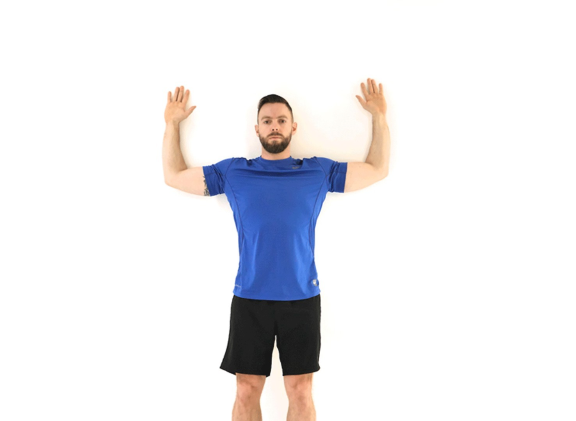
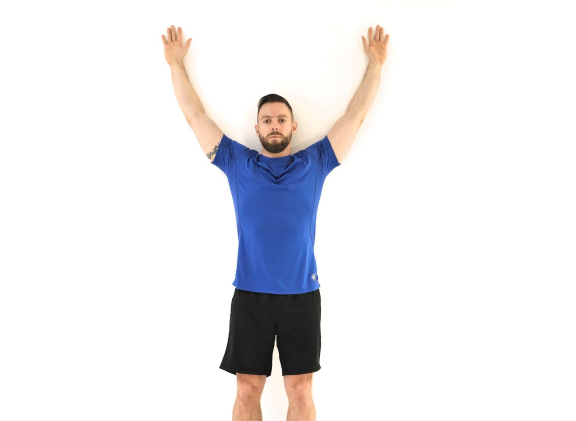
3. Move your low back
Often while cycling, the low back is in a rounded position. Counteract this by standing with your palms on the back of your hips. Keeping your eyes straight ahead, lean backwards, arching your low back. Move in and out of this position 5 times.
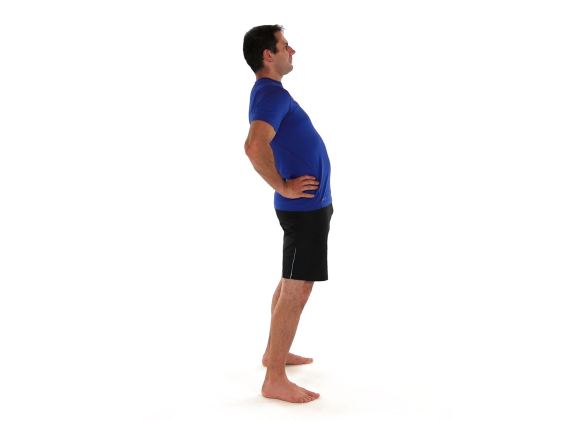
4. Stretch your hips
Hip flexors are in a shortened position while cycling and this can lead to hip stiffness and back pain. To stretch your hip flexors, put one foot up on a bench and lunge forward onto that leg by bending your knee. Hold this position for 30 seconds before returning to a standing position. Repeat this twice for each leg. This will lengthen the hip flexors and calf of the leg on the floor, and the upper hamstrings of the elevated leg.
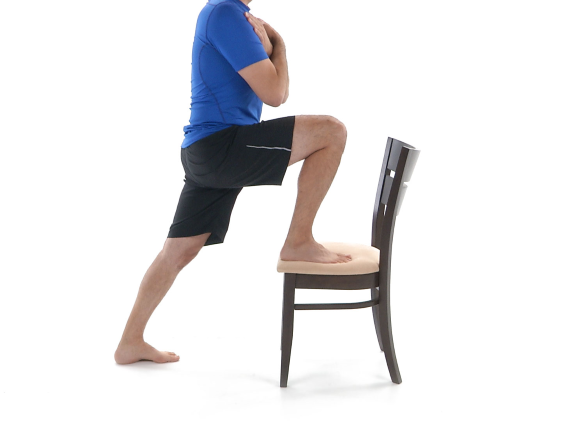
5. Finish with a cool down walk
A cool down walk will continue to help loosen muscles and bring your heart rate down after cycling. Walking 5-10 minutes after cycling while taking deep breaths can be key to helping you feel refreshed while you recover.
Let’s keep you cycling! To learn more about post-cycling exercises, see one of our physiotherapists. Following an assessment, they can help you create a plan that fits your activity and body’s needs so that you can perform your best.
For more information on how Lifemark clinicians can help, check out our locations page to find a clinic near you or book online.
Author Details

We can help you move and feel better.
Book an appointment today.